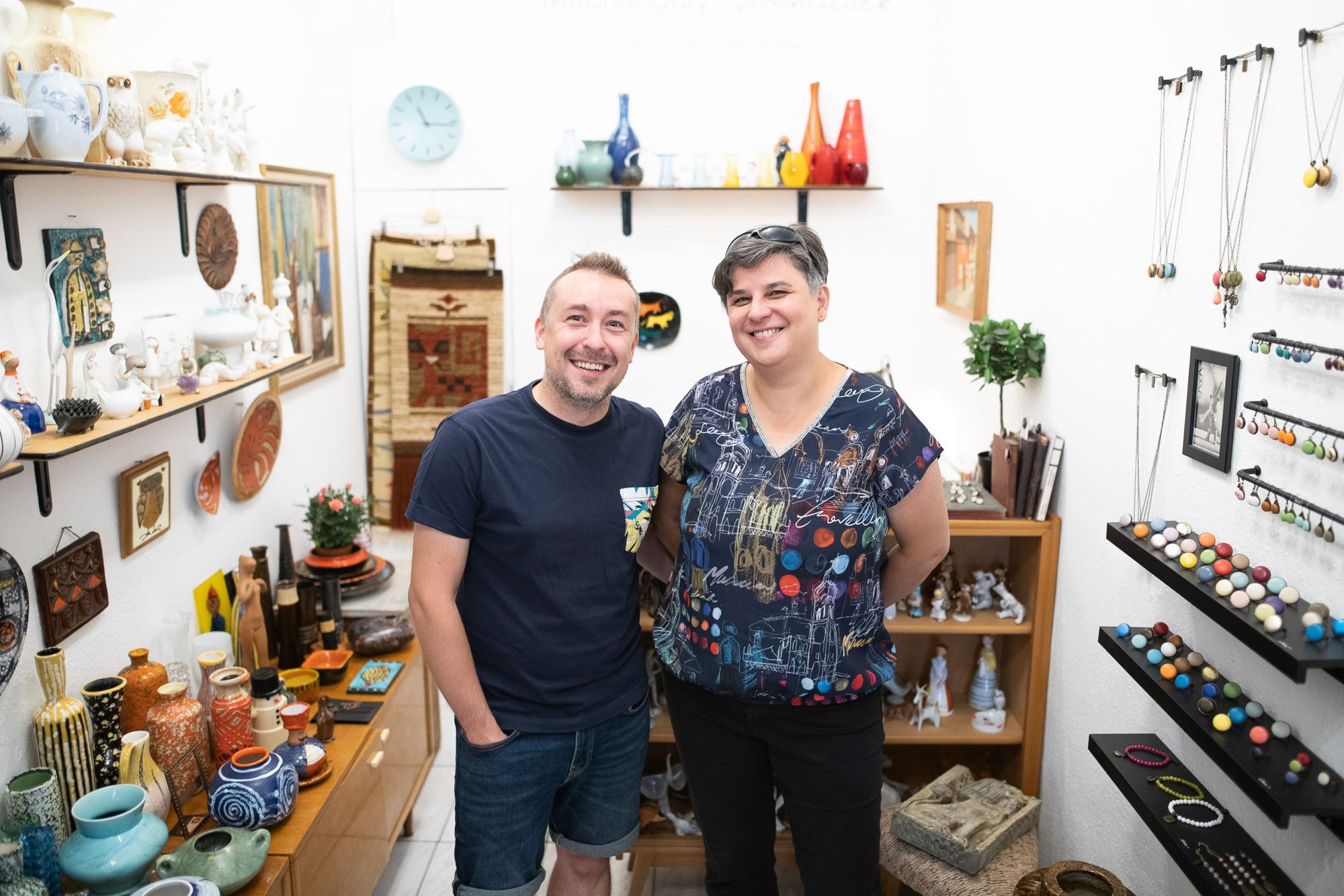“Design from the fifties for retro fans” – this is how the store of Retrohungary operating in Paloma Artist Courtyard, Budapest defines itself. One could also call it a vintage store, but it is a lot more than that. Judit Sebők and Tamás Borbély collect and showcase their selected pieces in the shop of only a few square meters, where visitors cannot only purchase valuable pieces, but also get to flip through some of the forgotten chapters of Hungarian ceramics history.
Retrohungary‘s story started with a defective figurine. Judit Sebők, working as an English teacher at the time, who launched her brand fércművek in 2008 initially focusing on lovely toys and later on jewelry, found the figurine of a little girl with warm yellow hair, wearing an orange shawl and turquoise dress in an antique shop – as it later turned out, this was supposed to be the Little Red Riding Hood, with the wolf missing on her side. Judit didn’t buy the figurine, and the shop was closed for two years, but she couldn’t get the piece of Hollóházi porcelain out of her head and wanted to buy it by all means (she succeeded eventually).
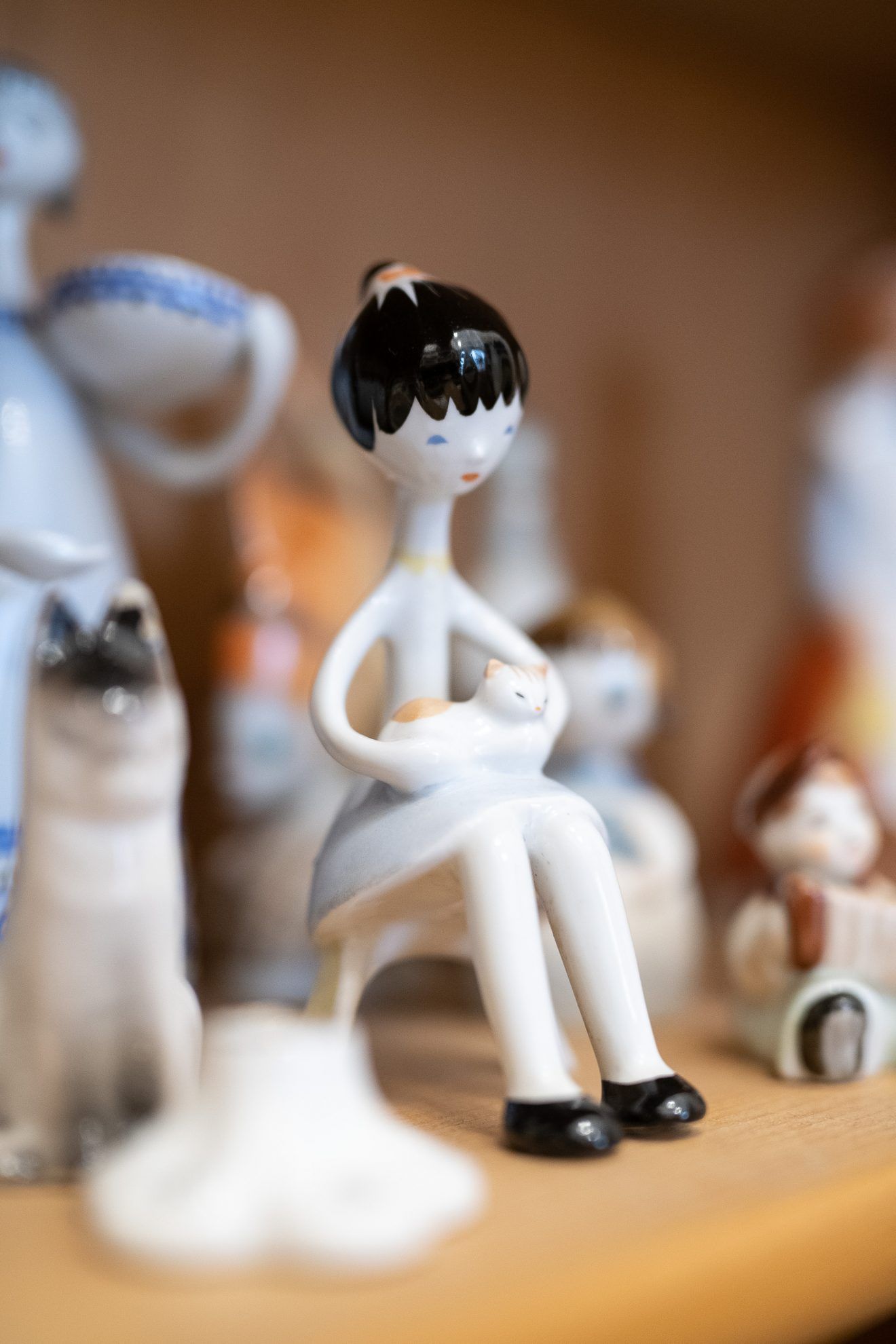
This passion has been driving her ever since. According to Judit, there are so many porcelain items in her home that it almost feels like she lives in a museum, but this is what it’s like to be a collector. She realized how difficult and lengthy it can be to track down the history of a given piece while trying to locate the ominous first figurine: even though she managed to learn some things from antique dealers she knew, there was hardly any literature in libraries which she could turn to.
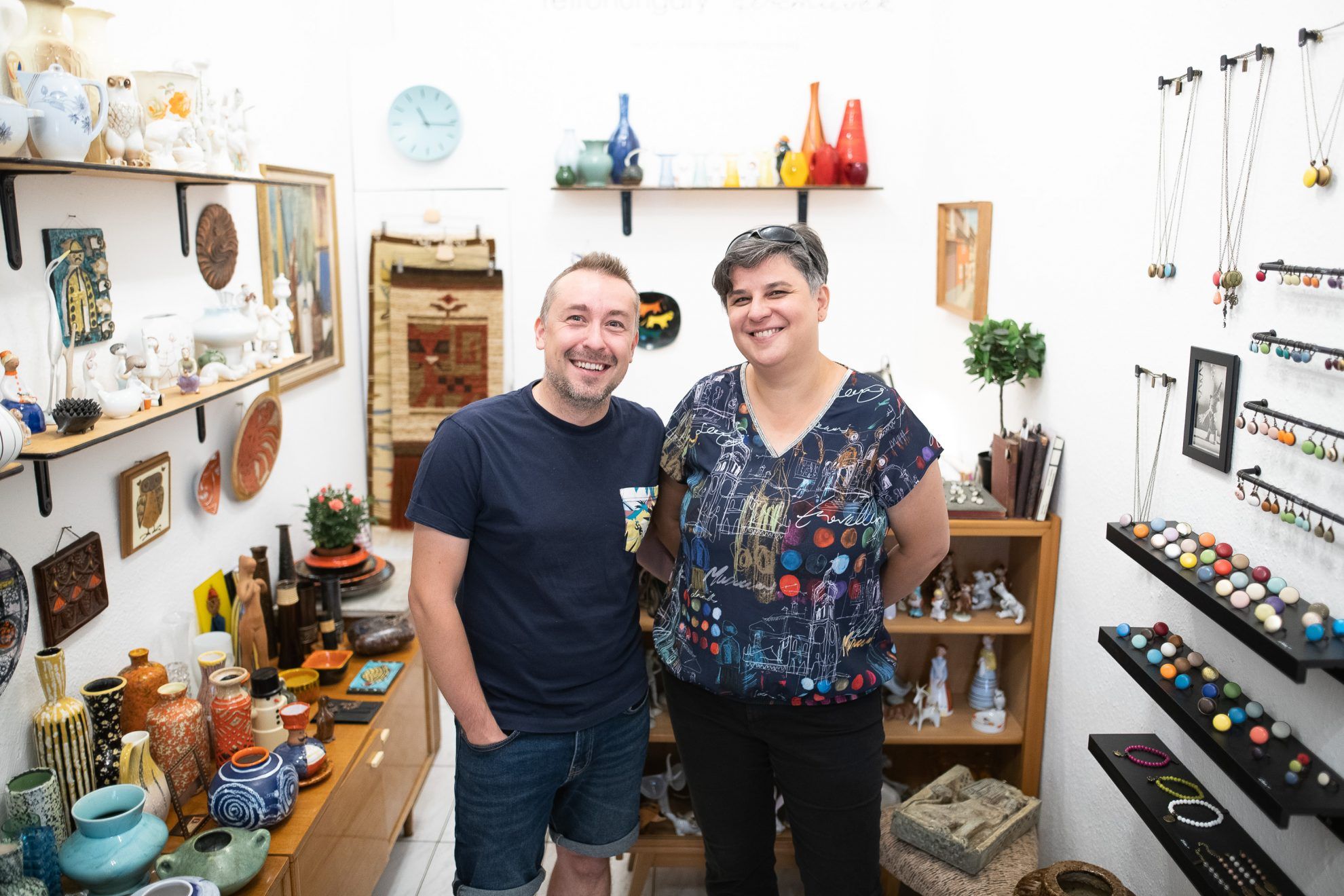
The treasures hunted down at markets during weekends brought a lot of joy and challenges to Judit, since she was curious to find out the origins of these works of art. She researched in the Museum of Applied Arts, and later on, owing to a lucky recommendation, she went to the Hungarian National Gallery, where she dove deep into the archive materials of the Lectorate of Visual and Applied Arts with the help of art historian Eszter Szőnyeg-Szegvári, a worker of the museum, whom she has been friends with ever since. Eszter wrote an introduction for the exhibition showcasing souvenirs and figurines held in Túri Fazekas Museum in 2019.

In the meantime, Judit launched a blog titled Retroporcelánok, where she started to collate the information obtained in the course of her research. Soon the pieces started to fell into place and she managed to put together the story of the figurines: where and by whom they were made, and where they received the painted decoration. Even though all Hungarians know the names of the Zsolnay, Herendi or Hollóházi Porcelain Factory, we hardly know anything about the smaller and less known factories, yet the majority of ceramics items used in Hungarian households were made in these factories, namely the Kőbányai Porcelain Factory, the Aquincum Porcelain Factory or the Gránit Porcelain and Stoneware Factory in Kispest.
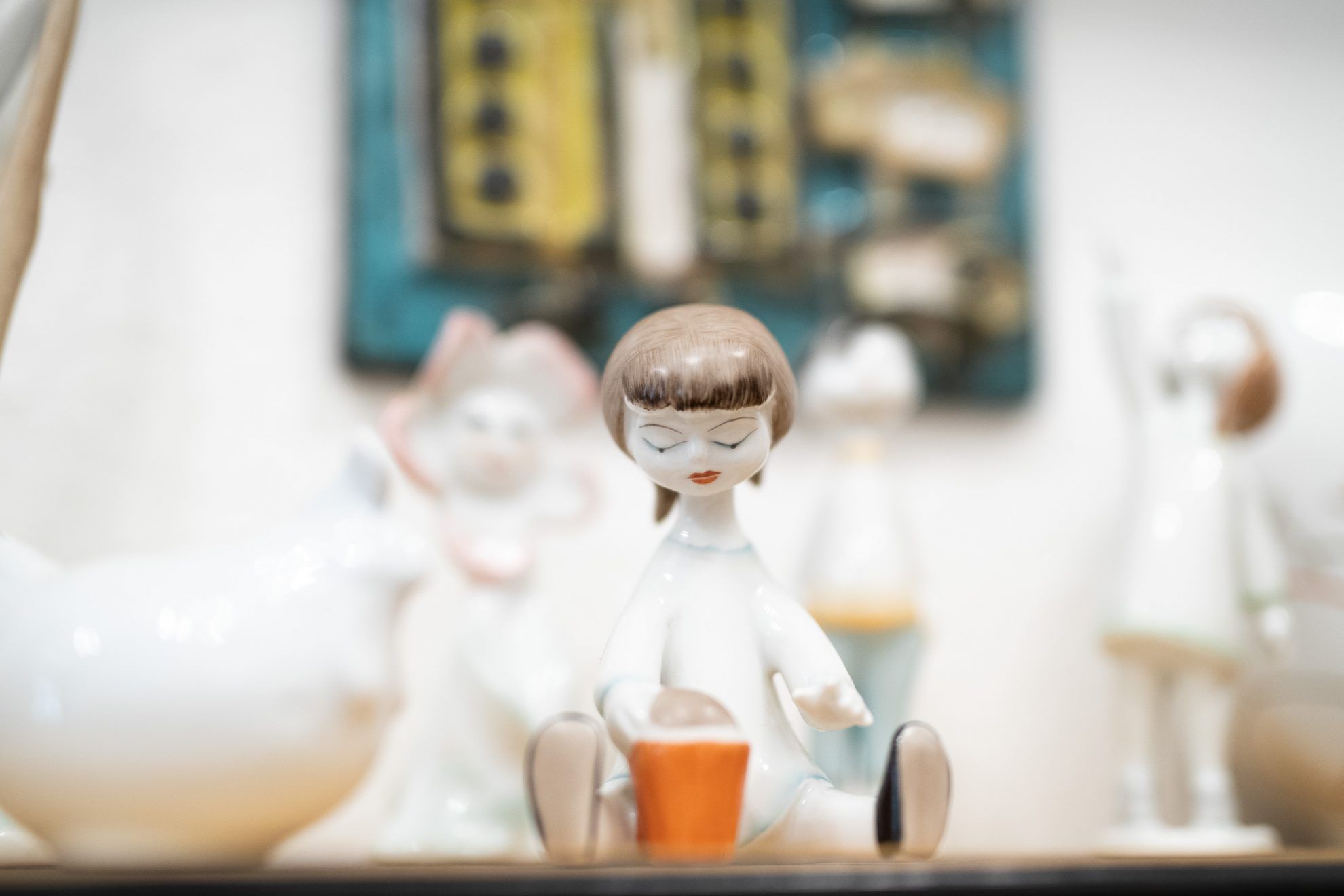

However, Judit’s research did not stop at library files. In relation to the small, rounded and starry-eyed angel figurines, for example, Judit managed to find the designer herself, Antónia Ősz Szabó. She met the former artist of the Aquincum Porcelain Factory in person, who provided a lot of new information to her. This was followed by additional meetings with other elderly porcelain designers, who all told their experiences about the ceramics industry of the fifties, sixties and seventies, sometimes happily and at other times somewhat reluctantly. They also compiled a questionnaire for the interviews with the help of Eszter, which provided a great help to Judit for documenting the career of each designer in the course of the personal conversations.
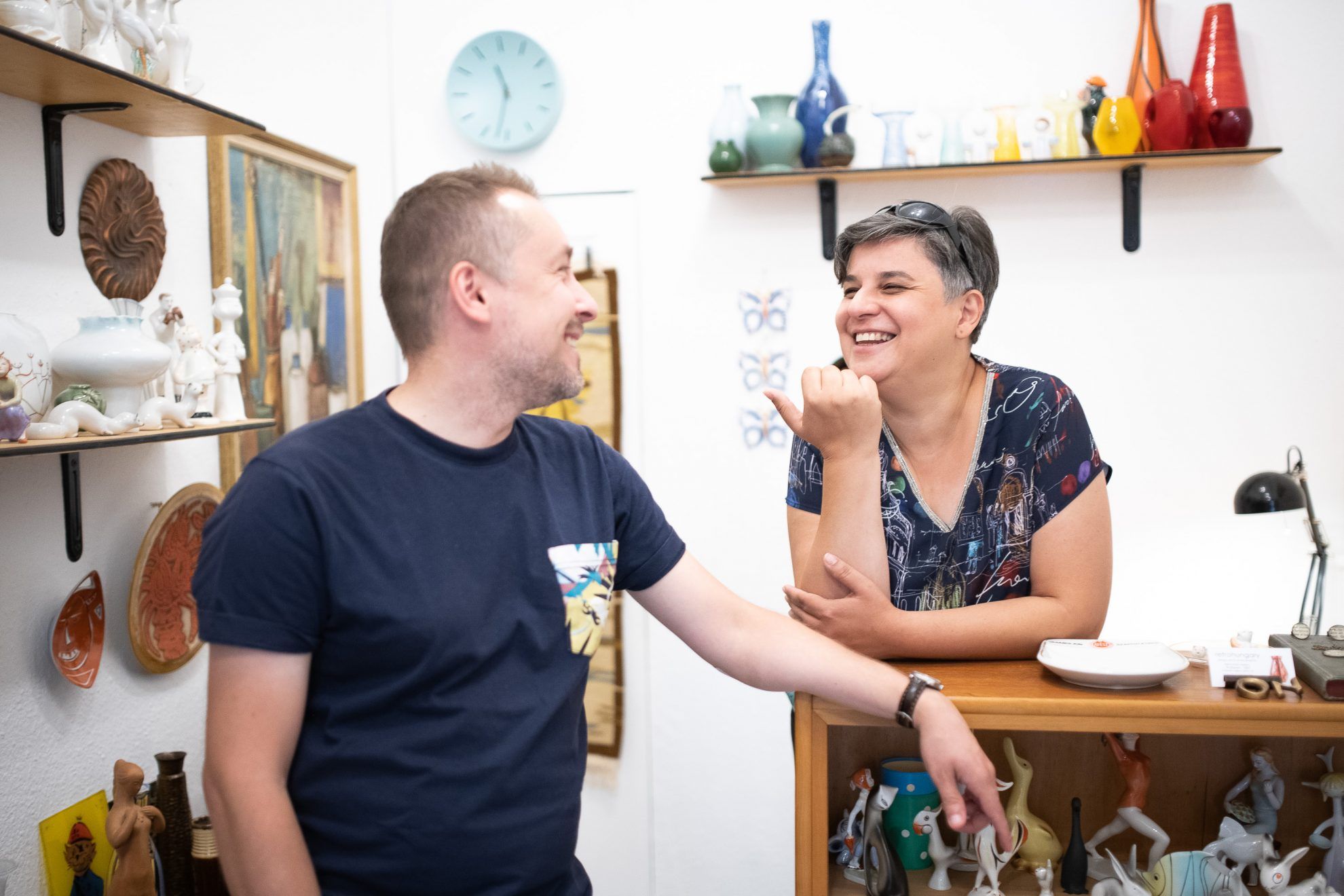
“Collectors are strange creatures” – says Judit, laughing. After her two sons were born, she never returned to teaching, and looking up the endless pieces of porcelain completely filled her life. Seeing her dedication, many people offered to help her research, but only one person actually meant it. This is where Tamás Borbély enters the story, who is just as enthusiastic about porcelains as Judit, however while Judit is primarily captivated by the products of the fifties and the sixties, Tamás is more a seventies and eighties fan, and in addition to ornaments, he is also interested in household objects. Upon our visit, Tamás arrived from a lengthy and tiring night shift: he works at a homeless shelter as a social worker.
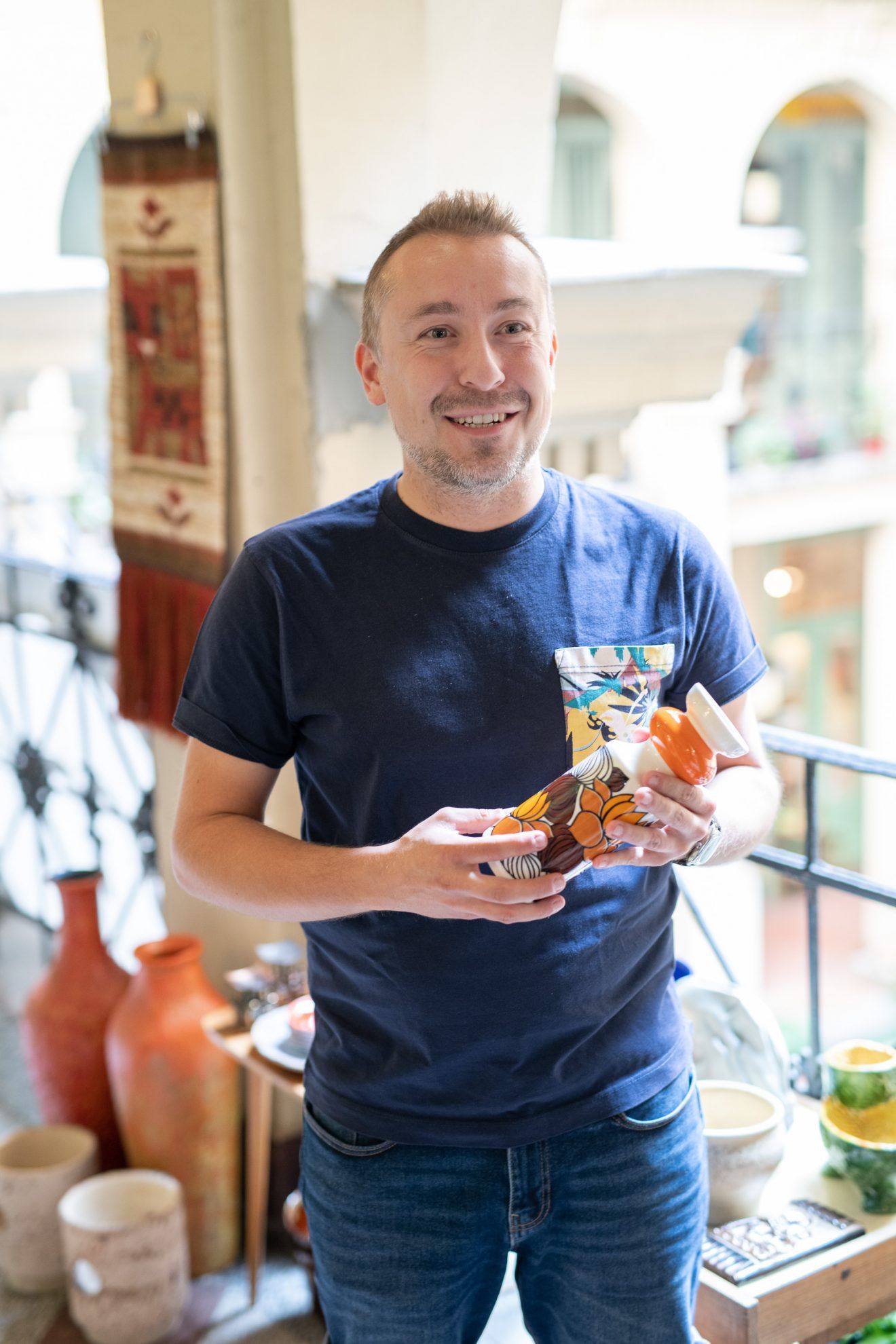
They gave a physical form to their common mission and passion exactly one year ago, in September 2019, when Retrohungary moved into one of the little shops of Paloma Artist Courtyard – Judit and Tamás have been welcoming those not only looking for something to buy, but also for getting to know more about the artists and factories of the era there ever since. Most of their clientele is Hungarian, but experienced collectors also visit them regularly.
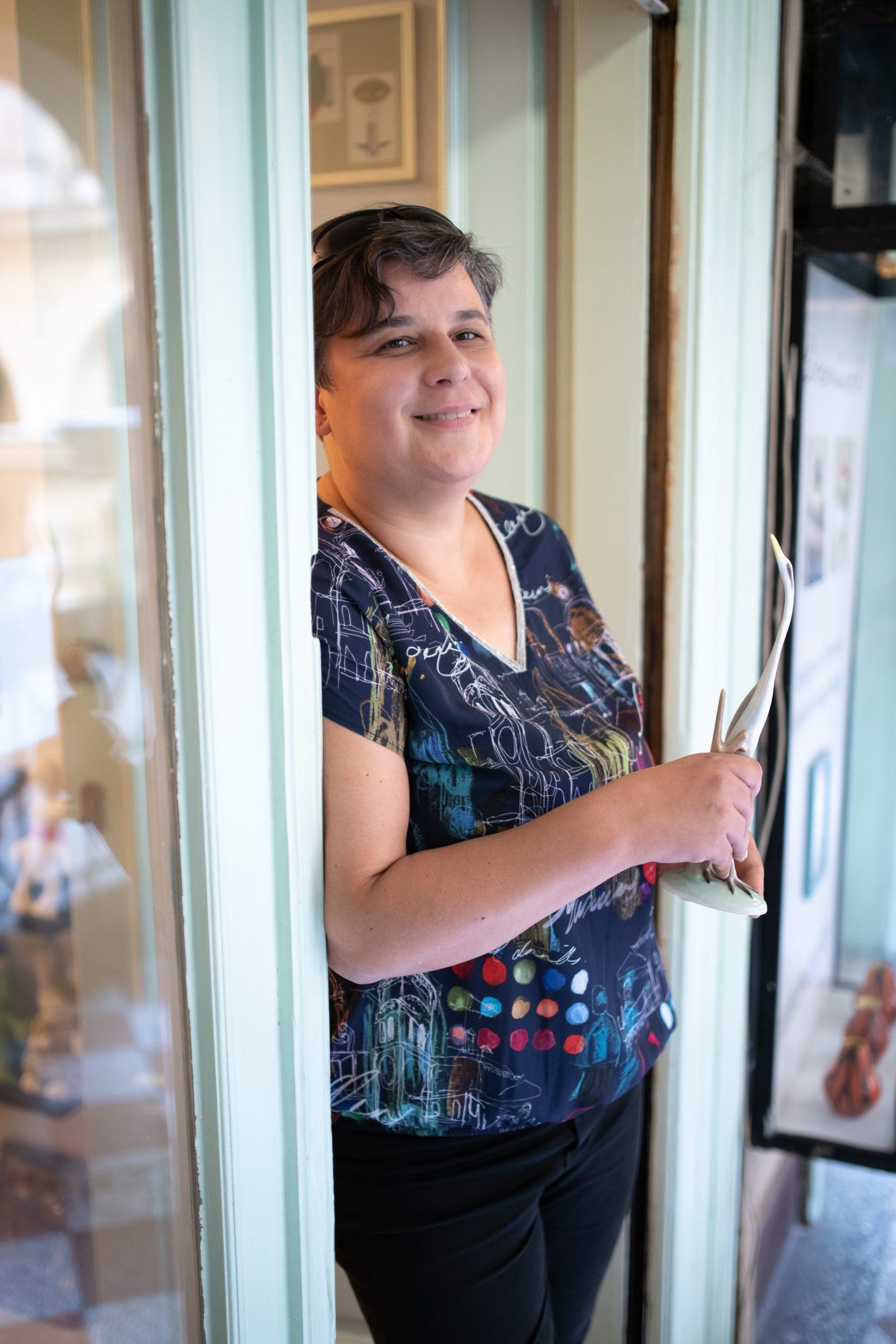
According to Judit, the greatest accomplishment for her is when a completely unsuspecting customer enters their store who has absolutely no connections with the given era, and the objects lined up on the shelves steal their heart still. For example, once there was a young girl in their store who was looking for a gift to one of her friends, and when she saw that she could find really special pieces there, she said: now there’s no point in looking for mass products in the stores of international chains. They dedicated a separate shelf for tourists, where the souvenirs decorated with the names of “Budapest”, “Balaton“ and other Hungarian cities can be found, including small bowls, vases and ashtrays. It might seem surprising, but the souvenirs regarded as sentimental can be just as exciting as a rare designer piece.
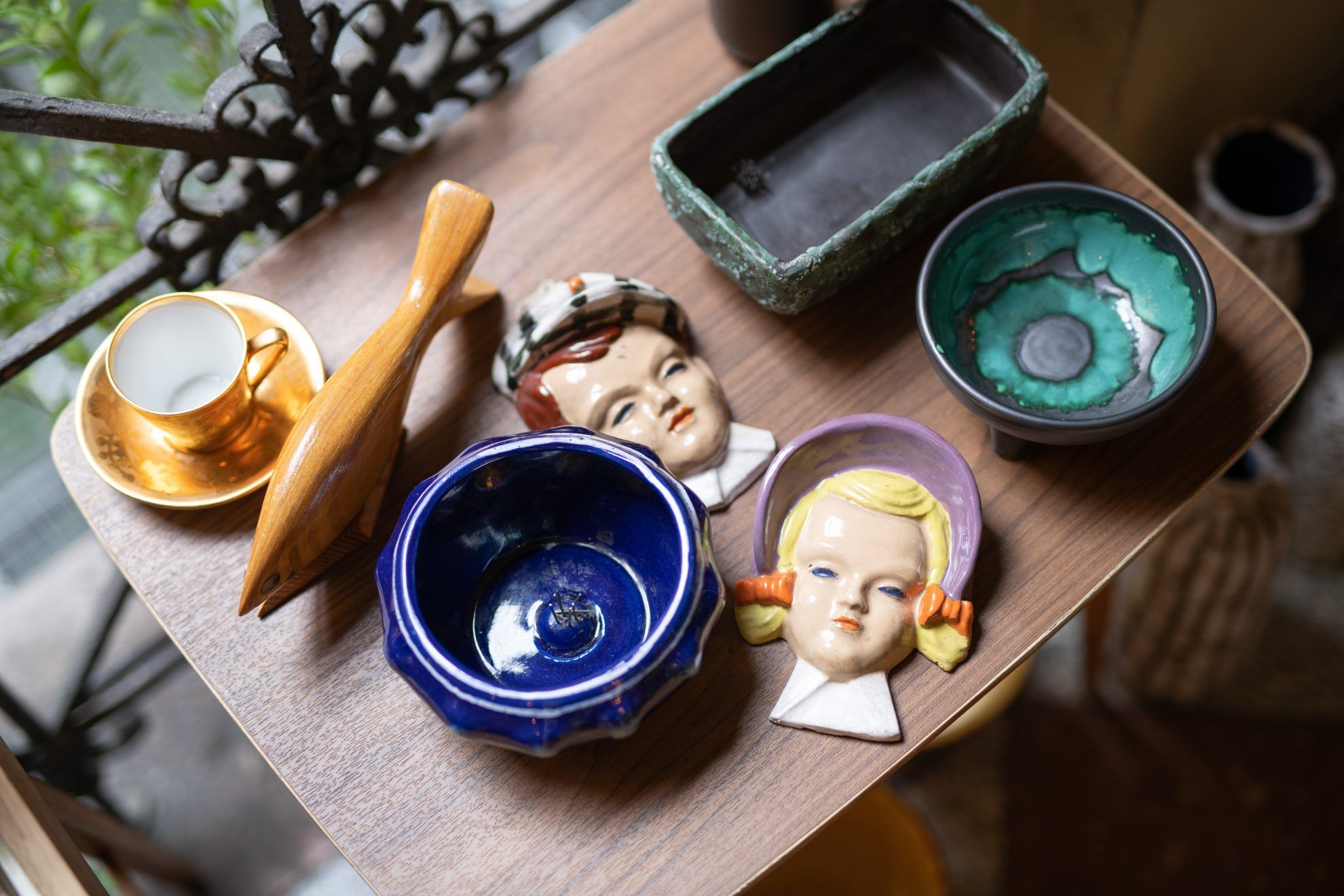
During our interview, Judit showed us the sketches applied artists Klára Zumpfe and her husband Imre Demjén made while designing these souvenirs. Judit immediately jumped at the drawings made on tiny pieces of paper when she visited the couple – the audience will soon be able to admire these treasures in the form of an exhibition, too, within the walls of the Hungarian Museum of Trade and Tourism in the framework of Budapest Design Week.


Retrohungary fulfils an important mission: Judit and Tamás guide visitors into the unknown empire of ceramics and porcelain, and help them know their way around the objects considered worthless until then but still looking familiar somehow. We are not likely to learn anything about the history of the chosen item while standing before the stands of market vendors – however, in Judit and Tamás’ store, the nice and friendly porcelain figurines and the vases, bowls and wall plates of various size and shape are put in a completely different perspective.

János Török, Istvánné Torma, Márta J. Seregély, Miklós Veress – only a few designers whose works have been resting behind the glass of the china cabinet, on the shelves of the living room or the top of TVs in most Hungarian households for decades, yet we still don’t know anything about them. Perhaps the team of Retrohungary can help change his general attitude.
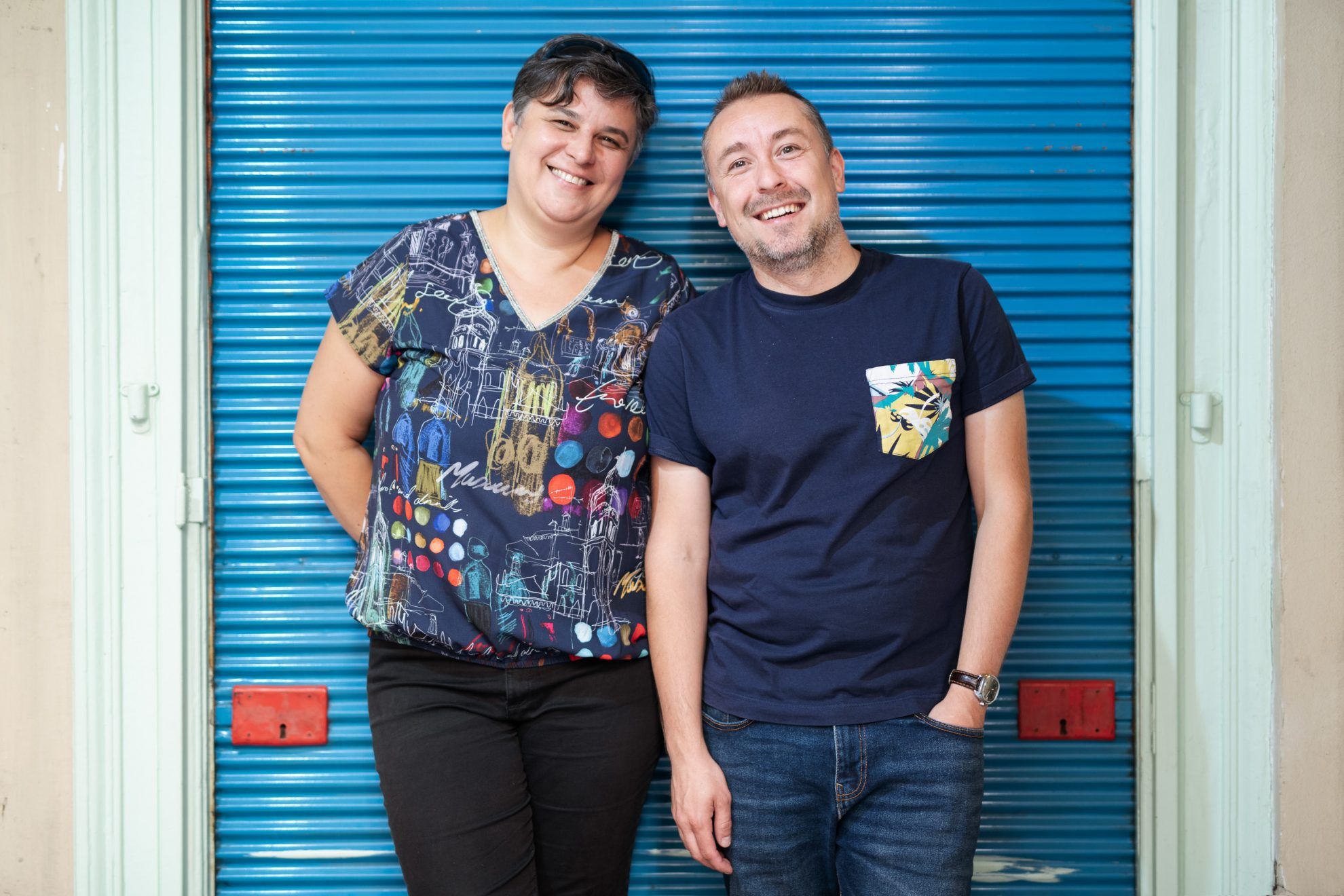
The Karcagi Glass Factory was mentioned several times during the interview, from where Judit and Tamás managed to collect several pieces over the years. There were four objects resembling colorful glass vases on the shelf below the Retrohungary sign painted on the wall. When we entered the store, we didn’t know we would leave with them, but once we realized that we saw at least one of them displayed in an art catalogue while preparing for our next Object fetish article, we had to jump at the opportunity. You can learn all there is to know about these colorful glass objects in our upcoming Object Fetish article.
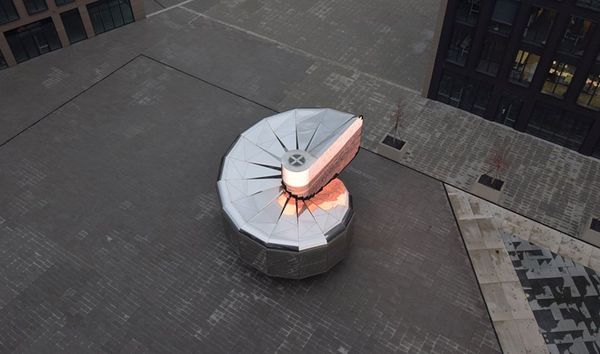
Travel to Mars from a square in Prague
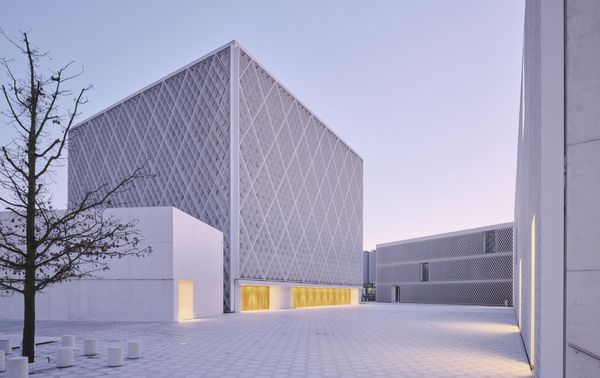
Islamic Religious and Cultural Center | Ljubljana, Slovenia










